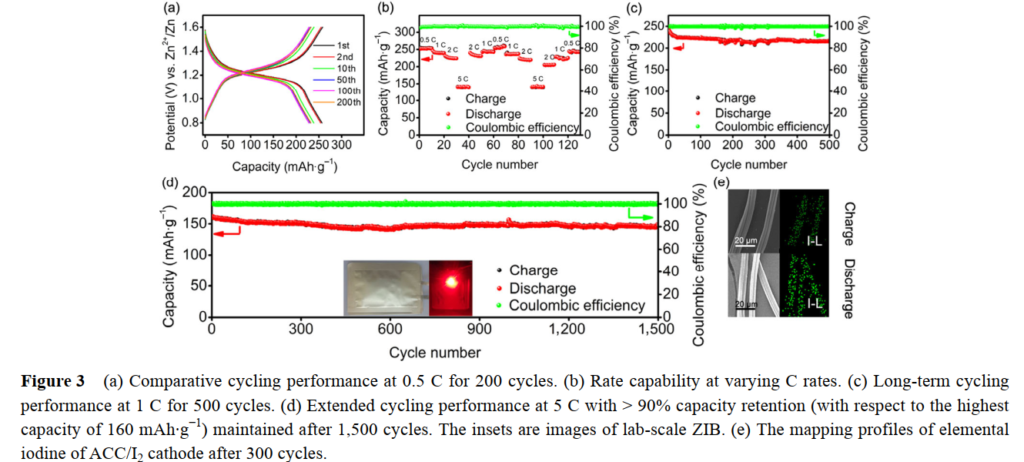In late 2020, I stopped my work on Zn-Br batteries because I decided to move out to the US and back to my home country. Because of the entire move and the pandemic, I didn’t have the time to continue my journey in the research of home batteries. However, I am now fully settled back home and have all my equipment ready to start testing batteries again.
However, I decided against continuing the development of Zn-Br batteries, due to issues I posted on a forum (read here). In summary, the issues with Zn-Br batteries are not something I believe I can surmount or better understand in a DIY environment. The solutions I explored, all involved big compromises between different aspects of the battery that all seemed very unattractive to me. Best of luck to all of you who wish to continue doing experiments using Zn-Br chemistry.

However, there is no shortage of exciting chemistries in the world of Zn aqueous batteries. After doing a thorough review of the current literature, I have decided to start researching Zinc-Iodine batteries, which have achieved some milestone development during the past 3 years, and that should be easy to test in a DIY environment.
My first goal will be to reproduce the results shown in this paper. These researchers use nothing fancy, a highly conductive, high surface area activated carbon that is loaded with iodine as a cathode, a zinc sulfate electrolyte, and a zinc anode.
Given that I have a GFE-1 cathode material (see here), I will try loading it with elemental iodine by sublimation. I will then use a glass fiber separator, 1M ZnSO4 solution as the electrolyte and a 0.2mm Zn plate as the anode. Wish me luck!